The bottom impeller does not spin in the dishwasher
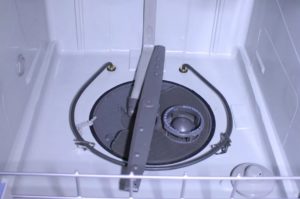 Dishwasher sprinklers are not started by motors, but spun under the pressure of water. The circulation pump creates the necessary pressure, after which the force acts on the impellers, and the nozzles begin to clean the dishes. If after starting the machine the water does not begin to flow into the chamber, it is likely that the lower impeller does not rotate in the dishwasher. What to do in this situation - we will describe in detail below.
Dishwasher sprinklers are not started by motors, but spun under the pressure of water. The circulation pump creates the necessary pressure, after which the force acts on the impellers, and the nozzles begin to clean the dishes. If after starting the machine the water does not begin to flow into the chamber, it is likely that the lower impeller does not rotate in the dishwasher. What to do in this situation - we will describe in detail below.
Preliminary Actions
There are several reasons why the beam does not spin: from a serious breakdown to a commonplace blockage or problems with the circulation of water. To accurately determine the source of trouble, you have to "climb" inside the machine and conduct a spot diagnosis. You can do this yourself, but to work you will need a modest set of tools:
- screwdrivers, Phillips and slotted (with their help, the panels and bolts holding the parts are unscrewed);
- pliers (necessary to loosen the locking clamps);
- a multimeter (they are "called" by the parts of the dishwasher, checking for operability).
Once all the tools are found, it is worth doing the preparation of the dishwasher itself. A number of simple steps need to be taken.
- Disconnect the equipment from the power supply.
- We disconnect the machine from the rest of the communications (remove the drain hose and the inlet hose, block the water supply).
Be prepared for the remaining water to flow after disconnecting the hoses.
- We move the machine to the center of the room, ensuring free access to all sides of the unit.
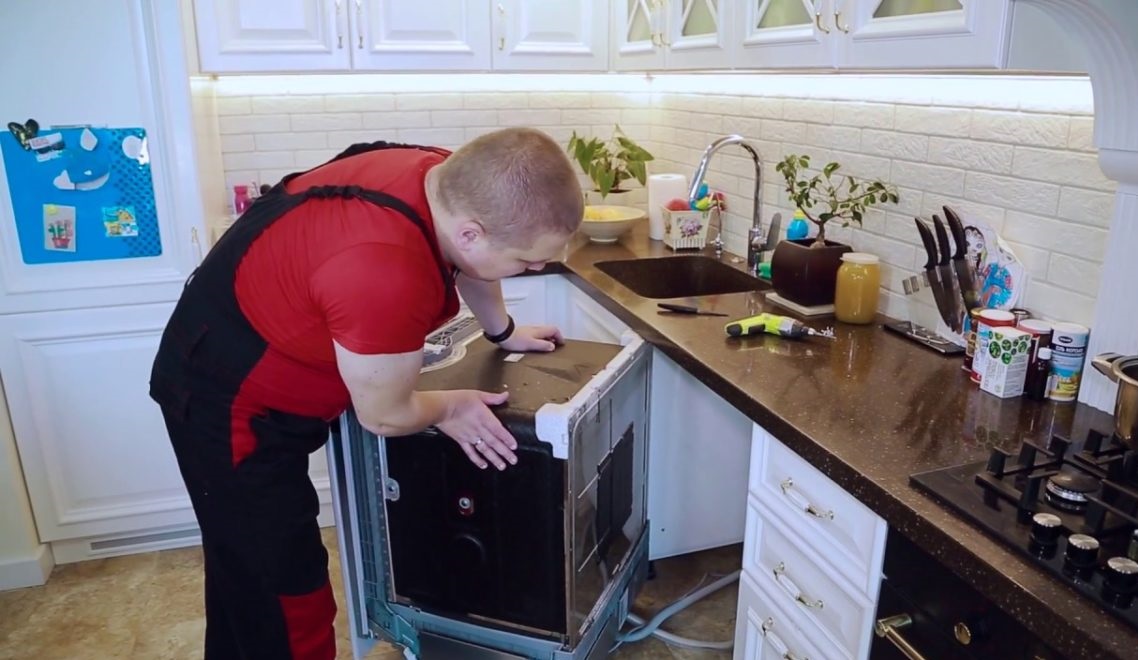
Now the dishwasher is ready for inspection and diagnosis. You can start troubleshooting. As a rule, two problems often prevent impellers from fully rotating: clogging or insufficient water circulation. We consider each problem in more detail.
Dirt has accumulated
More often in the dishwasher the lower sprayer does not spin due to a banal blockage. Debris blocks the discharge of waste fluid and prevents the pump from accelerating fully. Therefore, you should pay attention to the impeller of the pump, which suffers from accumulated food debris.
It is necessary to clean the drain carefully and in protective gloves, as it is possible that a clog formed from fragments of broken dishes.
The algorithm of work is quite simple.
- We make sure that there is no water left in the working chamber. If the fluid is not completely removed, then remove it through the drain hose.
- We remove from the tank all components, baskets, containers, trays and holders.
- We unscrew the trash filter, which is located at the bottom of the machine. If there is dirt on the plastic, then wash the nozzle with soap.
- Next we remove the protective mesh. It is recommended to wash it under the tap.
- We wipe off excess water with a sponge.
- Remove the special cover by pulling it towards you.
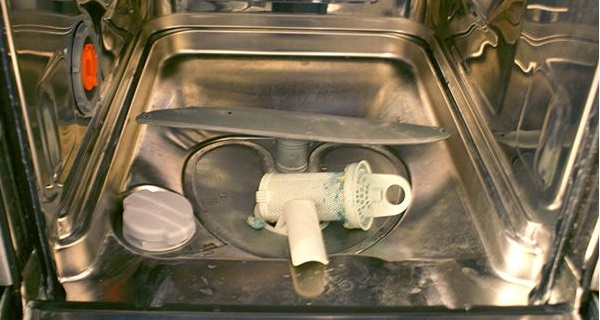
Now access to the impeller of the pump is open, and you can proceed with cleaning. Carefully lower your hand into the vacated hole and carefully remove any accumulated debris. We also inspect the nozzles located here and, if necessary, clean them. Do not forget to check the quality of work by scrolling the impeller with your finger.
Water circulation problems
If cleaning the nozzle and impeller did not help, move on. Most likely, there was a problem with full circulation of water, because of which the latter does not enter the working chamber. You will have to check for operability of the pump, which is responsible for pressure and pressure, and the drain pump. First, pay attention to the drainage pump:
- we find the sprayer and remove it;
- take a screwdriver and unscrew all the bolts around the bottom perimeter;
- we spread unnecessary rags nearby and turn the machine on its side;
- remove the bottom of the machine;
- if the dishwasher has full protection against leaks, then do not forget to remove the float sensor attached to the pan;
- pull out the contacts from the wires leading to the electric motor.
Here is the drain pump. It is enough to remove it from the fixation and clean the seat from accumulated dirt. Next, we hook the multimeter probes to the pump contacts and “ring” the device for operability. If the tester shows a part malfunction, then it is necessary to replace it with a similar one. Assembly is performed in reverse order.
If the pump is all right, then the circulation pump is “to blame”. In this situation, after starting, the electric motor buzzes, the cycle does not start, the impellers do not rotate, and the sprinklers do not spin. Despite the apparent scale, everyone can cope with the repair. The main thing is to follow a simple instruction.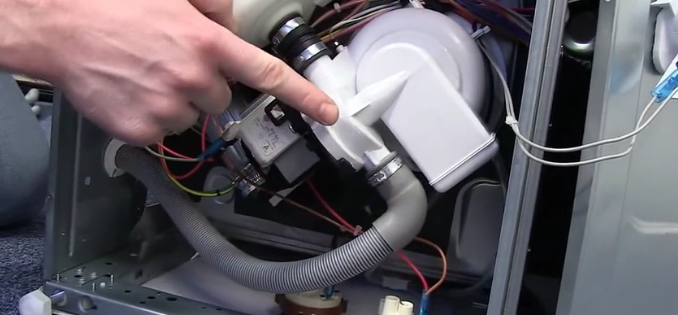
- First we loosen the clamps on the nozzles connected to the pump.
- Turn off all the wires that are connected to the part.
- Expand the latches.
- Turn the screw holding screw.
- We release other pipes.
- We take the engine out of the seat and test it using the multimeter probes.
- We replace the faulty engine, not forgetting to monitor the exact fit of all the bushings.
It is not difficult to repair non-rotating sprinklers - service technicians attribute such work to moderate severity. But it is better not to bring problems with impellers, to clean hoses in time and not to overload the dishwasher.
Interesting:
Reader Comments
- Share your opinion - leave a comment
Headings
Washing machine repair


For buyers
For users

Dishwasher

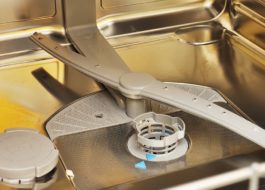
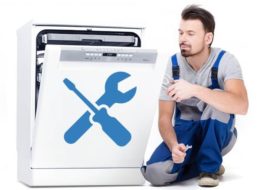
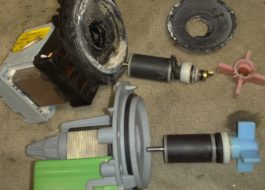
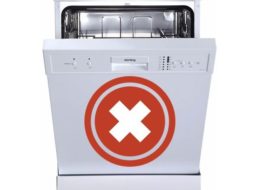
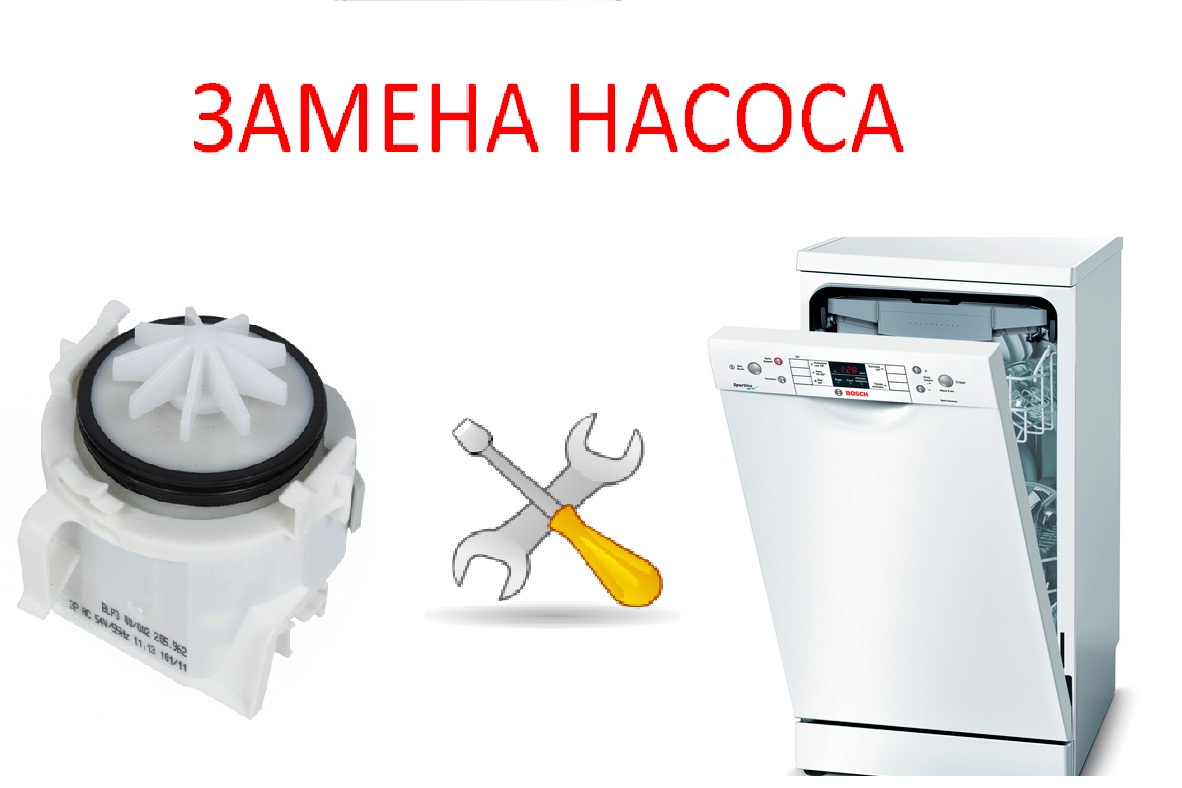
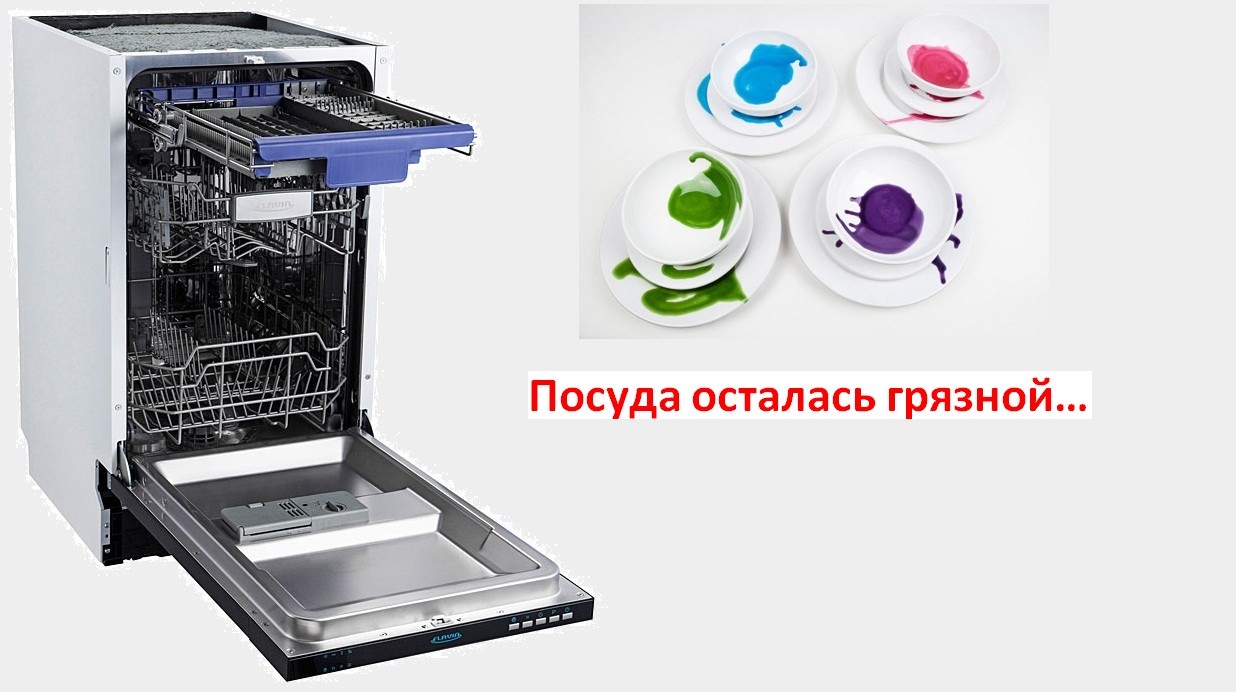











Add a comment